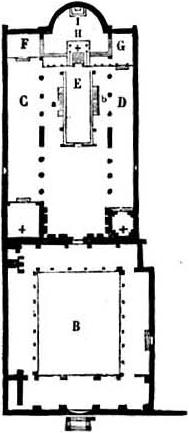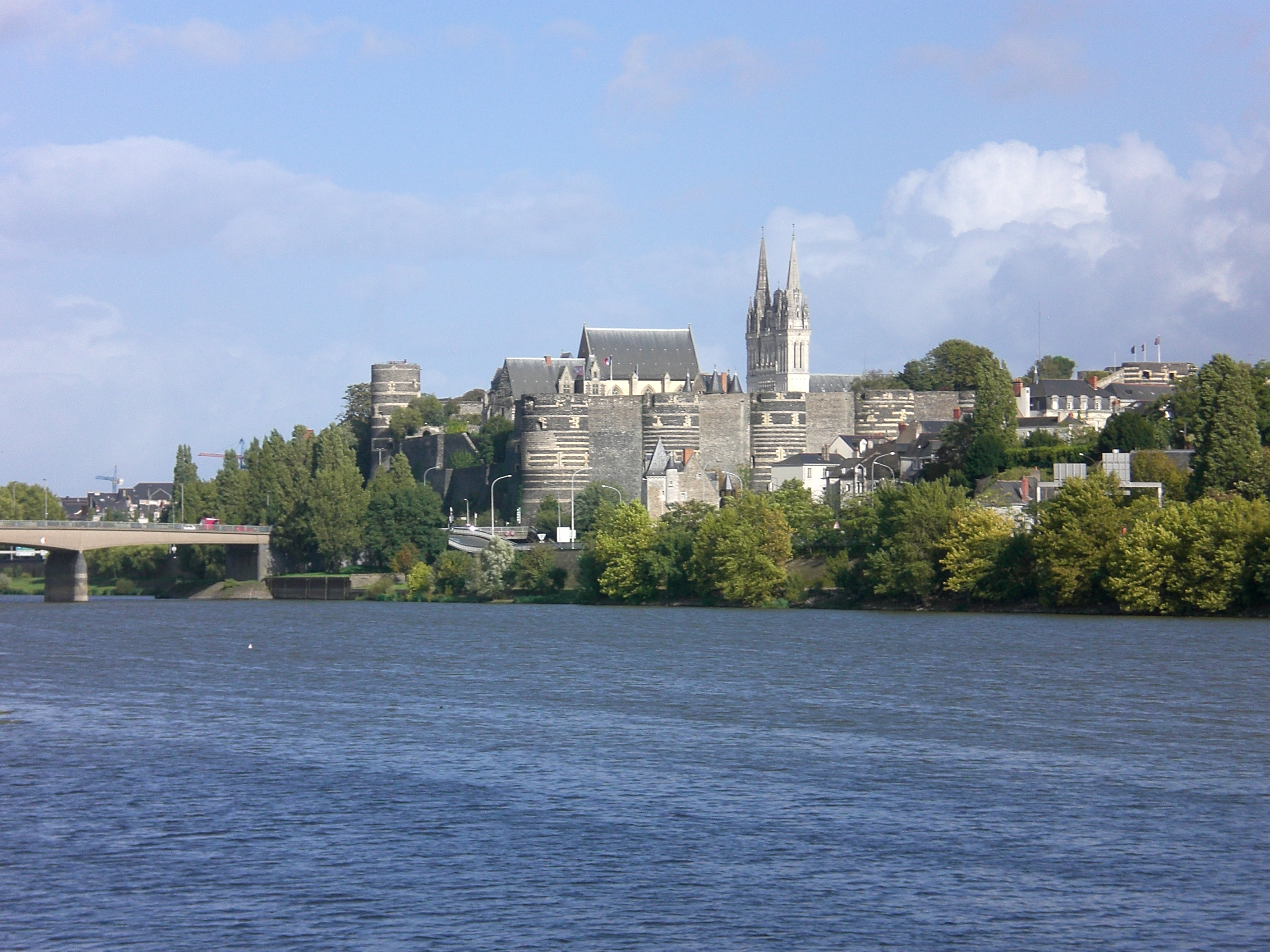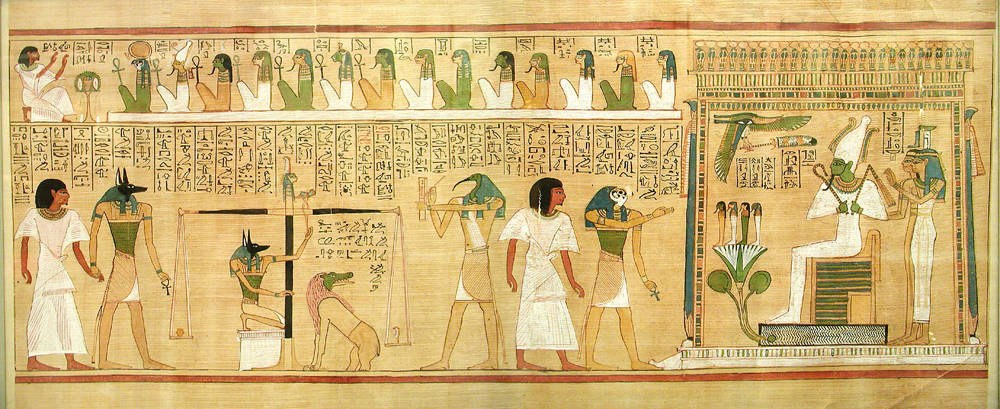|
Mithraea
A Mithraeum , sometimes spelled Mithreum and Mithraion ( grc, Μιθραίον), is a Mithraic temple, erected in classical antiquity by the worshippers of Mithras. Most Mithraea can be dated between 100 BC and 300 AD, mostly in the Roman Empire. The Mithraeum was either an adapted natural cave or cavern, or a building imitating a cave. Where possible, the Mithraeum was constructed within or below an existing building, such as the Mithraeum found beneath the Basilica of San Clemente in Rome. While most Mithraea are underground, some feature openings in the ceiling to allow light to enter, a reminder of the connection to the universe and the passage of time. The site of a Mithraeum may also be identified by its singular entrance or vestibule, which stands across from an apse at the back of which stands an altar on a pedestal, often in a recess, and its "cave", called the ''Spelaeum'' or ''Spelunca'', with raised benches along the side walls for the ritual meal. Many mithraea t ... [...More Info...] [...Related Items...] OR: [Wikipedia] [Google] [Baidu] |
Mithraic Mysteries
Mithraism, also known as the Mithraic mysteries or the Cult of Mithras, was a Roman mystery religion centered on the god Mithras. Although inspired by Iranian worship of the Zoroastrian divinity ('' yazata'') Mithra, the Roman Mithras is linked to a new and distinctive imagery, with the level of continuity between Persian and Greco-Roman practice debated. The mysteries were popular among the Imperial Roman army from about the 1st to the 4th-century CE. Worshippers of Mithras had a complex system of seven grades of initiation and communal ritual meals. Initiates called themselves ''syndexioi'', those "united by the handshake". They met in underground temples, now called ''mithraea'' (singular '' mithraeum''), which survive in large numbers. The cult appears to have had its center in Rome, and was popular throughout the western half of the empire, as far south as Roman Africa and Numidia, as far as Roman Dacia, as far north as Roman Britain, and to a lesser exte ... [...More Info...] [...Related Items...] OR: [Wikipedia] [Google] [Baidu] |
Mithras
Mithraism, also known as the Mithraic mysteries or the Cult of Mithras, was a Roman mystery religion centered on the god Mithras. Although inspired by Iranian worship of the Zoroastrian divinity (''yazata'') Mithra, the Roman Mithras is linked to a new and distinctive imagery, with the level of continuity between Persian and Greco-Roman practice debated. The mysteries were popular among the Imperial Roman army from about the 1st to the 4th-century CE. Worshippers of Mithras had a complex system of seven grades of initiation and communal ritual meals. Initiates called themselves ''syndexioi'', those "united by the handshake". They met in underground temples, now called ''mithraea'' (singular ''mithraeum''), which survive in large numbers. The cult appears to have had its center in Rome, and was popular throughout the western half of the empire, as far south as Roman Africa and Numidia, as far as Roman Dacia, as far north as Roman Britain, and to a lesser extent in Roman ... [...More Info...] [...Related Items...] OR: [Wikipedia] [Google] [Baidu] |
Basilica Di San Clemente
The Basilica of Saint Clement ( it, Basilica di San Clemente al Laterano) is a Latin Catholic minor basilica dedicated to Pope Clement I located in Rome, Italy. Archaeologically speaking, the structure is a three-tiered complex of buildings: (1) the present basilica built just before the year 1100 during the height of the Middle Ages; (2) beneath the present basilica is a 4th-century basilica that had been converted out of the home of a Roman nobleman, part of which had in the 1st century briefly served as an early church, and the basement of which had in the 2nd century briefly served as a mithraeum; (3) the home of the Roman nobleman had been built on the foundations of republican era villa and warehouse that had been destroyed in the Great Fire of AD 64. History This ancient church was transformed over the centuries from a private home that was the site of clandestine Christian worship in the 1st century to a grand public basilica by the 6th century, reflecting the emergin ... [...More Info...] [...Related Items...] OR: [Wikipedia] [Google] [Baidu] |
Tienen Mithraeum
The Tienen Mithraeum is a Mithraic temple constructed in the Belgian municipality of Tienen in the third century CE. History The rise of the Cult of Mithras was the temple's most active time in the Roman Empire during the 1st century. The ruins were not discovered until 1998 through excavation of the site labeled, Grijpenveld. It now one of a total of four mithraea found in Belgium alone. Through excavation, the ruins help determine the building's original form. The remains found in the ritual pits were believed to be parts of the religious practices of the cult because of their close proximity to the mithraeum in comparison to the remainder of the excavation. Site The Mithraic temple is located in the southwestern region of Tienen, on the edge of the town's border. Beside the mithraeum is a pebble road that leads to the center of Tienen as well as a discovered tumulus, built a century before the temple. Along the same path, a bronze plaque declaring the cult's devotion to Mi ... [...More Info...] [...Related Items...] OR: [Wikipedia] [Google] [Baidu] |
Ostia Antica Mithraeum
Ostia may refer to: Places *Ostia (Rome), a municipio (also called ''Ostia Lido'' or ''Lido di Ostia'') of Rome *Ostia Antica, a township and port of ancient Rome *Ostia Antica (district), a district of the commune of Rome Arts and entertainment * ''Ostia'' (film), a 1970 Italian comedy film directed by Sergio Citti *A song by Sepultura from the 2006 album ''Dante XXI'' *A song by Coil from the 1986 album '' Horse Rotorvator'' *A fictional region of the country Lycia in ''Fire Emblem'' *A fictional city in the manga series ''Negima''; see List of Negima! Magister Negi Magi characters People * Alberic of Ostia (1080–1148), Catholic Cardinal *Asterius of Ostia (died 223), Christian priest and martyr * Hugh of Ostia (other) *Leo of Ostia (1046–1110s), Catholic cardinal * Quiriacus of Ostia (died 235), bishop and saint * Theobald of Ostia (died 1188), Catholic bishop *Aurea of Ostia (died mid-3rd century), patron saint of Ostia Other *Bishop of Ostia *The plural form o ... [...More Info...] [...Related Items...] OR: [Wikipedia] [Google] [Baidu] |
Zoroaster
Zoroaster,; fa, زرتشت, Zartosht, label= Modern Persian; ku, زەردەشت, Zerdeşt also known as Zarathustra,, . Also known as Zarathushtra Spitama, or Ashu Zarathushtra is regarded as the spiritual founder of Zoroastrianism. He is said to have been an Iranian prophet who founded a religious movement that challenged the existing traditions of ancient Iranian religion, and inaugurated a movement that eventually became a staple religion in ancient Iran. He was a native speaker of Old Avestan and lived in the eastern part of the Iranian plateau, but his exact birthplace is uncertain. There is no scholarly consensus on when he lived. Some scholars, using linguistic and socio-cultural evidence, suggest a dating to somewhere in the second millennium BC. Other scholars date him to the 7th and 6th centuries BC as a near-contemporary of Cyrus the Great and Darius the Great. Zoroastrianism eventually became the official state religion of ancient Iran—particularly duri ... [...More Info...] [...Related Items...] OR: [Wikipedia] [Google] [Baidu] |
Cosmos
The cosmos (, ) is another name for the Universe. Using the word ''cosmos'' implies viewing the universe as a complex and orderly system or entity. The cosmos, and understandings of the reasons for its existence and significance, are studied in cosmologya broad discipline covering scientific, religious or philosophical aspects of the cosmos and its nature. Religious and philosophical approaches may include the cosmos among spiritual entities or other matters deemed to exist outside the physical universe. Etymology The philosopher Pythagoras first used the term ''kosmos'' ( grc, κόσμος, Latinized ''kósmos'') for the order of the universe. Greek κόσμος "order, good order, orderly arrangement" is a word with several main senses rooted in those notions. The verb κοσμεῖν (''κοσμεῖν'') meant generally "to dispose, prepare", but especially "to order and arrange (troops for battle), to set (an army) in array"; also "to establish (a government or regime ... [...More Info...] [...Related Items...] OR: [Wikipedia] [Google] [Baidu] |
Jajce
Jajce (Јајце) is a town and municipality located in the Central Bosnia Canton of the Federation of Bosnia and Herzegovina, an entity of Bosnia and Herzegovina. According to the 2013 census, the town has a population of 7,172 inhabitants, with 27,258 inhabitants in the municipality. It is situated in the region of Bosanska Krajina, on the crossroads between Banja Luka, Mrkonjić Grad and Donji Vakuf, on the confluence of the rivers Pliva and Vrbas. History Ancient times Jajce Mithraeum is a temple dedicated to the God of the Sun, Mithra. The god was worshiped and the cult spread to other parts of the Roman Empire throughout the Mediterranean basin by slaves and merchants from the Orient, and by Roman soldiers who came into contact with the followers of the cult in the East. The temple is dated to the 2nd century AD and was repaired sometime during the 4th century AD. This particular Mithraeum is renowned as one of the best preserved in Europe. It was discovered accidenta ... [...More Info...] [...Related Items...] OR: [Wikipedia] [Google] [Baidu] |
Konjic
Konjic ( sr-Cyrl, Коњиц) is a city and municipality located in Herzegovina-Neretva Canton of the Federation of Bosnia and Herzegovina, an entity of Bosnia and Herzegovina. It is located in northern Herzegovina, around southwest of Sarajevo. It is a mountainous, heavily wooded area, and is above sea level. The municipality extends on both sides of the Neretva River. According to the 2013 census, city has a population of 10,732 inhabitants, with 25,148 inhabitants in the municipality. The town is one of the oldest permanent settlements in Bosnia and Herzegovina, dating back almost 4000 years; the town in its current incarnation arising as an important town in the late 14th century. History The area near the town is believed to be settled up to 4000 years ago, and settlements around 2000 years ago by Illyrian tribes travelling upstream along the Neretva river have been found. Konjic was earliest recorded by name in the records of the Republic of Ragusa on 16 June 1382. T ... [...More Info...] [...Related Items...] OR: [Wikipedia] [Google] [Baidu] |
Biesheim
Biesheim (; gsw-FR, Biese) is a commune in the Haut-Rhin department in Grand Est in north-eastern France. Archaeology Remains of a Mithraeum have been unearthed in Biesheim in 1977. See also * Communes of the Haut-Rhin department The following is a list of the 366 communes of the French department of Haut-Rhin. The communes cooperate in the following intercommunalities (as of 2020):Communes of Haut-Rhin Haut-Rhin communes articles needing translation from French Wikipedia {{HautRhin-geo-stub ... [...More Info...] [...Related Items...] OR: [Wikipedia] [Google] [Baidu] |
Angers
Angers (, , ) is a city in western France, about southwest of Paris. It is the prefecture of the Maine-et-Loire department and was the capital of the province of Anjou until the French Revolution. The inhabitants of both the city and the province are called ''Angevins'' or, more rarely, ''Angeriens''. Angers proper covers and has a population of 154,508 inhabitants, while around 432,900 live in its metropolitan area (''aire d'attraction''). The Angers Loire Métropole is made up of 29 communes covering with 299,500 inhabitants (2018).Comparateur de territoire INSEE Not including the broader metropolitan area, Angers is the third most populous [...More Info...] [...Related Items...] OR: [Wikipedia] [Google] [Baidu] |
Afterlife
The afterlife (also referred to as life after death) is a purported existence in which the essential part of an individual's identity or their stream of consciousness continues to live after the death of their physical body. The surviving essential aspect varies between belief systems; it may be some partial element, or the entire soul or spirit of an individual, which carries with it and may confer personal identity or, on the contrary, nirvana. Belief in an afterlife is in contrast to the belief in oblivion after death. In some views, this continued existence takes place in a spiritual realm, while in others, the individual may be reborn into this world and begin the life cycle over again, likely with no memory of what they have done in the past. In this latter view, such rebirths and deaths may take place over and over again continuously until the individual gains entry to a spiritual realm or otherworld. Major views on the afterlife derive from religion, esoteri ... [...More Info...] [...Related Items...] OR: [Wikipedia] [Google] [Baidu] |




_B.jpg)



